DEKOM founder Jörg Weisflog offers insight into UC tech as remote working skyrockets
As millions make the shift to homeworking to tackle the Covid-19 pandemic, a few things are becoming clear about videoconferencing.At Dekom, we divide the landscape into three versions of UC. The first is unified communication, which is voice, presence and chat. Most people have that already. Second is unified conferencing, which adds video. And then we have unified collaboration and this is served by, for example, T1V, Prysm, Nureva or Smart.
A laptop is fine for a one-to-one call, but if you want to work with documents, or annotation or whiteboarding, you need as minimum a dual screen solution.
With the coronavirus pandemic quickly pushing all sorts of companies and organisations into remote working, astonishingly we have quickly seen that a lot of companies did not invest in video collaboration tools, VPN licences and bandwidth in their companies before, and now they want to have it all now.

What’s happened now is cameras are sold out, headsets are sold out. Even if you now want to buy 100 laptops, you cannot get that quick enough. So, I think it is very important to have a home office, which is equipped not only with the laptop, camera, headset; but a dual screen solution with a powerful laptop.
And then you need the right tools which, in my opinion, is a combination of a good video conferencing client and a good collaboration solution, which you also can share through the content channel or, better, link it to the other person’s in another parallel session. That’s why we also make the division between unified conferencing and unified collaboration. The conferencing tools are not providing enough collaboration capabilities and vice versa.
The three UCs are important for business but there’s a very real social aspect to making sure video is included. If we cannot see each other’s gestures, smiles, sad faces, we would lose our contact totally.
Working from home full time at the moment, I miss the normal informal exchange with my colleagues as they walk past my office. Dekom now has a virtual meeting room on one of our bridges called coffee shop. Sometimes six to seven people are just connected, even if they’re working on other tasks.
The coronavirus pandemic has seen a large proportion of people forced onto video chat very quickly and I believe this will change how people work in the long term. Lots of corporations are behind the times but now they are waking up.
In addition, videoconferencing vendors are all giving away licenses free of charge to help businesses during this period. This will attract people who will realise the potential and continue to use these tools.
The videoconferencing industry is in a good place to support this shift and cloud-based systems have allowed companies to avoid problems that would have arisen from proprietary on-premise infrastructure that could cause VPN, firewall, multipoint – licence problems and were very expensive.
Quality is good with multipoint calls with 720p30 a standard – however 1080p30 is available and much more suitable for multiparty meetings. It should be noted however that there are still big differences between what the providers offer. From afar a lot of these solutions look very similar but when it comes to video and audio quality, to handling jitter and bandwidth, there are big differences.
Moving forward videoconferencing can definitely become more ergonomic and more usable for non-experienced users. Why is there no video client that when you start a call, you have a shape of the upper body that you can sit within to have optimum positioning? We also need better quality in multipoint calls. My personal view is that lower bandwidth requirements would be nice.
I also think the videoconferencing industry has been insular for too long. Display providers are adding communication tools, but videoconferencing companies aren’t responding with collaboration tools. Seven or eight years ago Clickshare came out from Barco, a projector company. A videoconferencing vendor could, and should, have come up with that. We still have to go to multiple vendors to supply a complete solution.
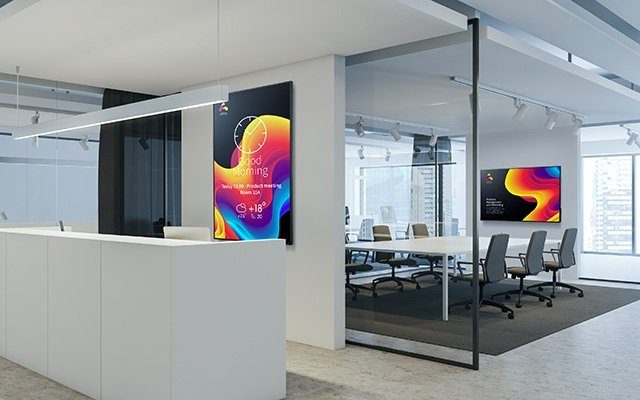
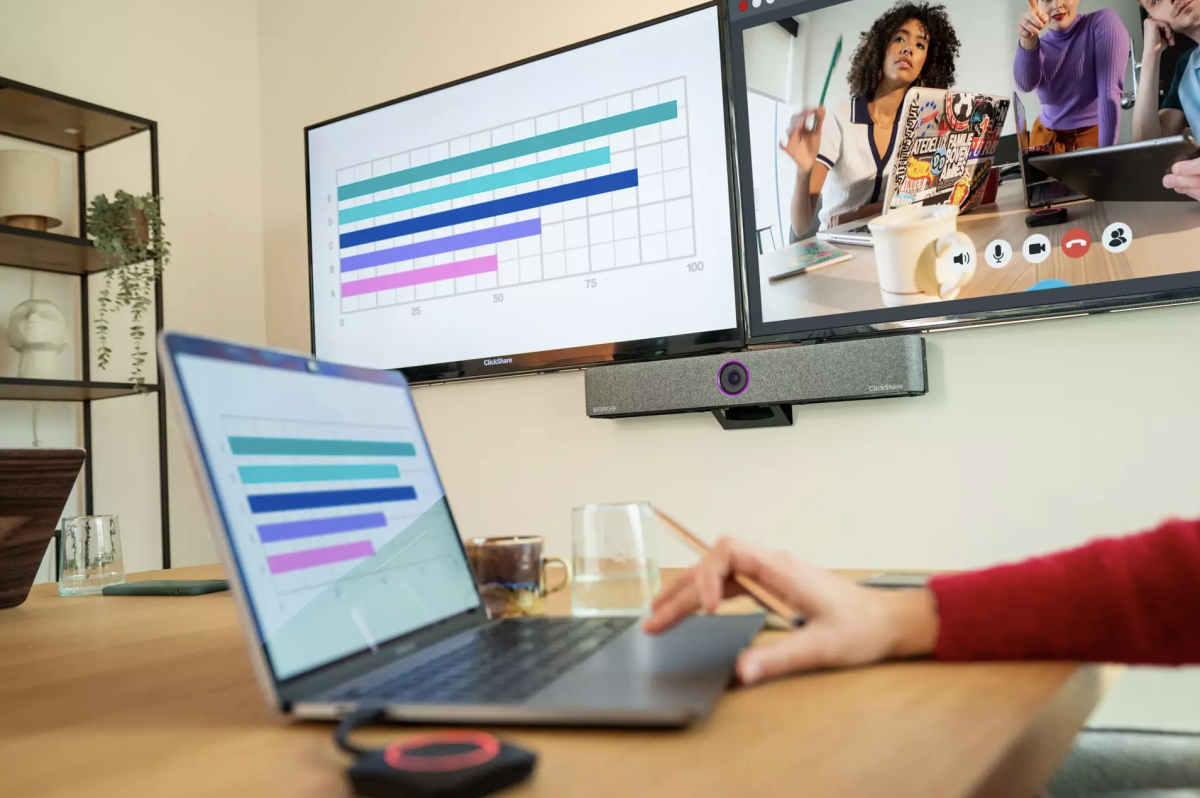
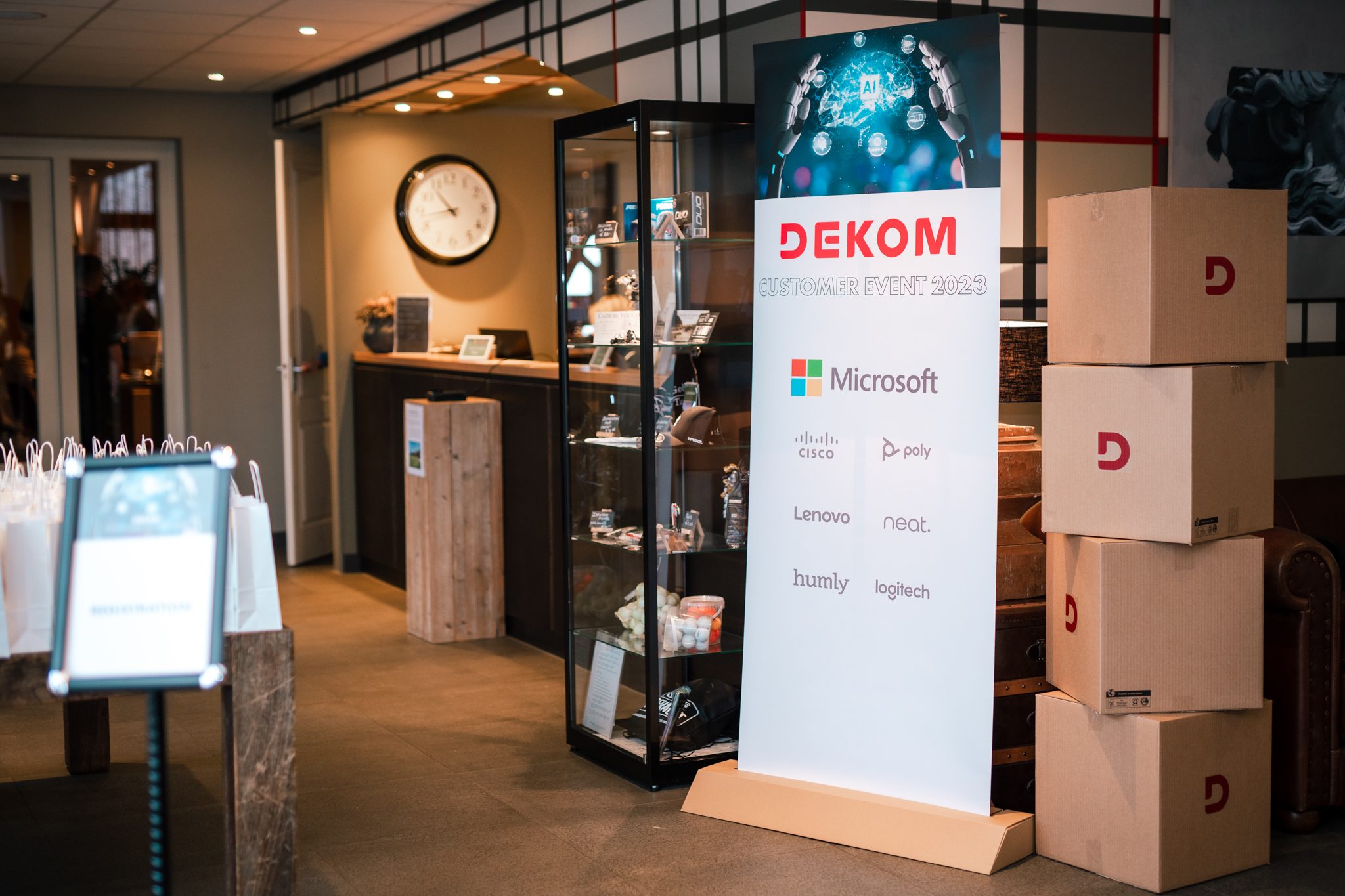



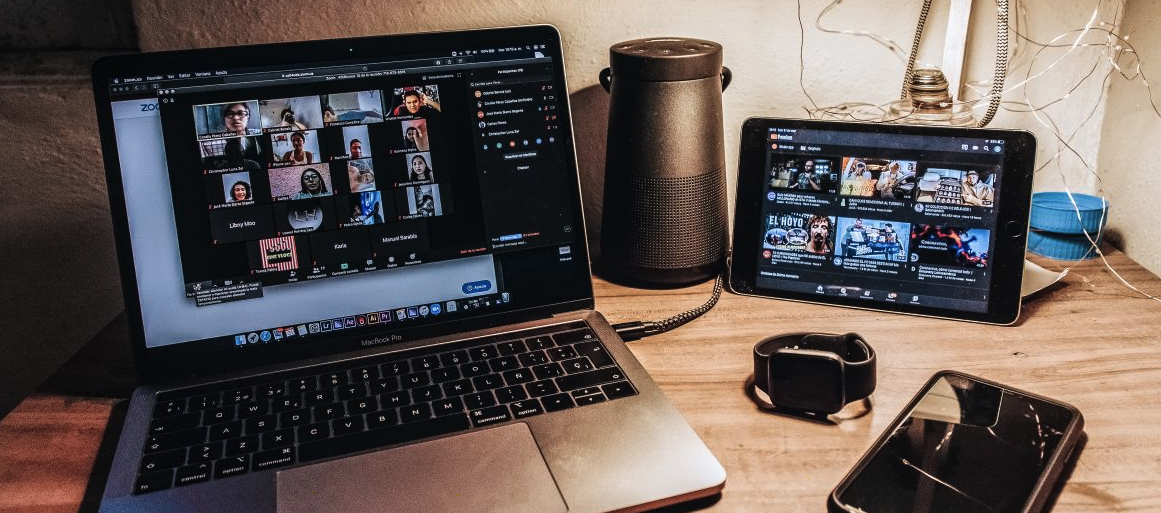

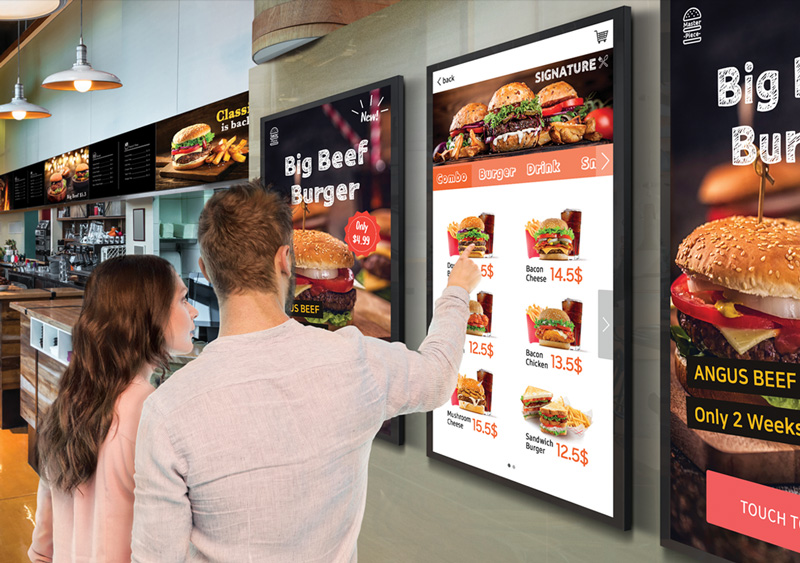
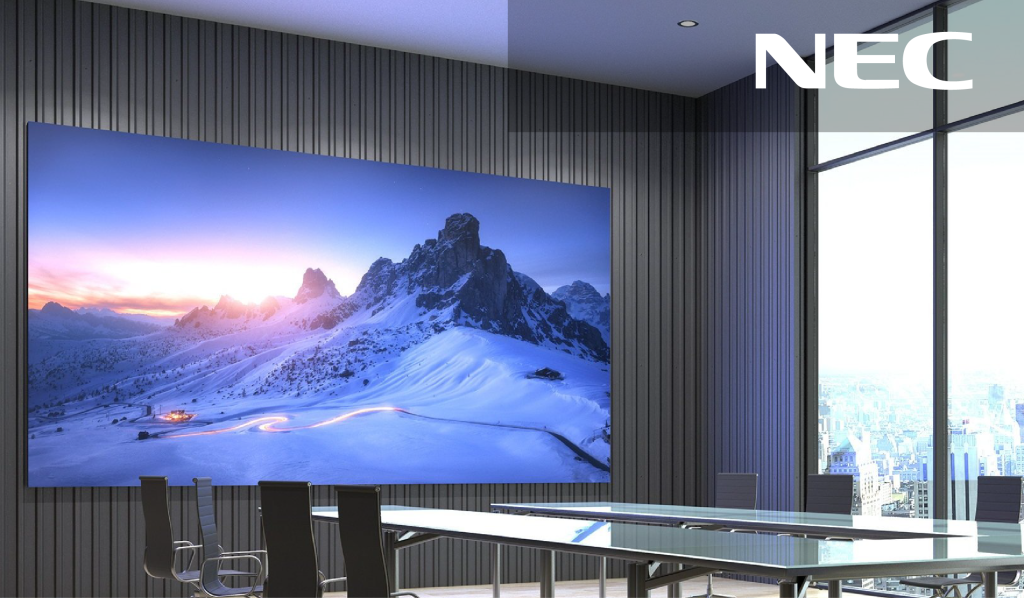

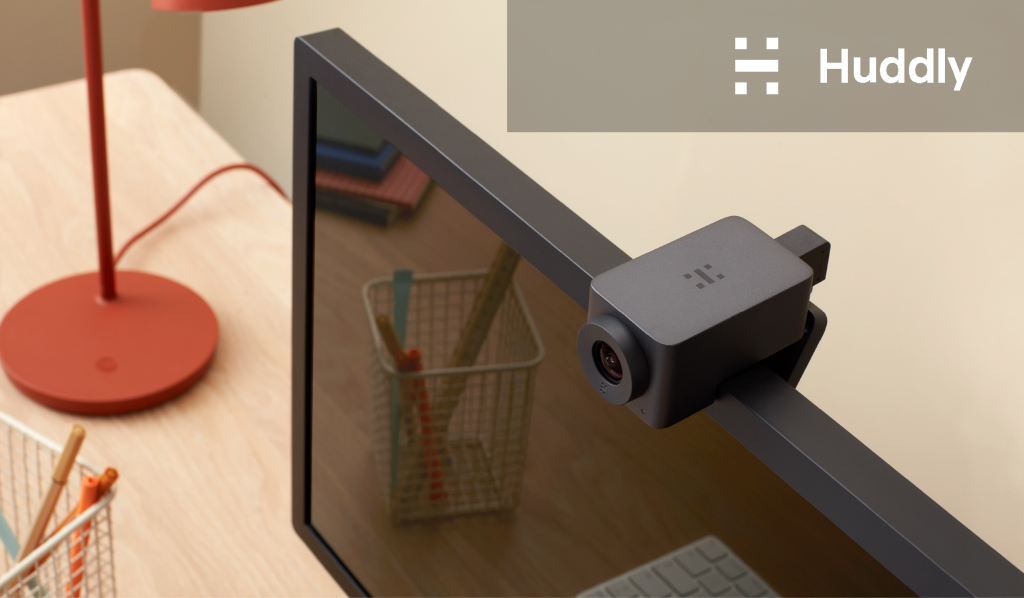
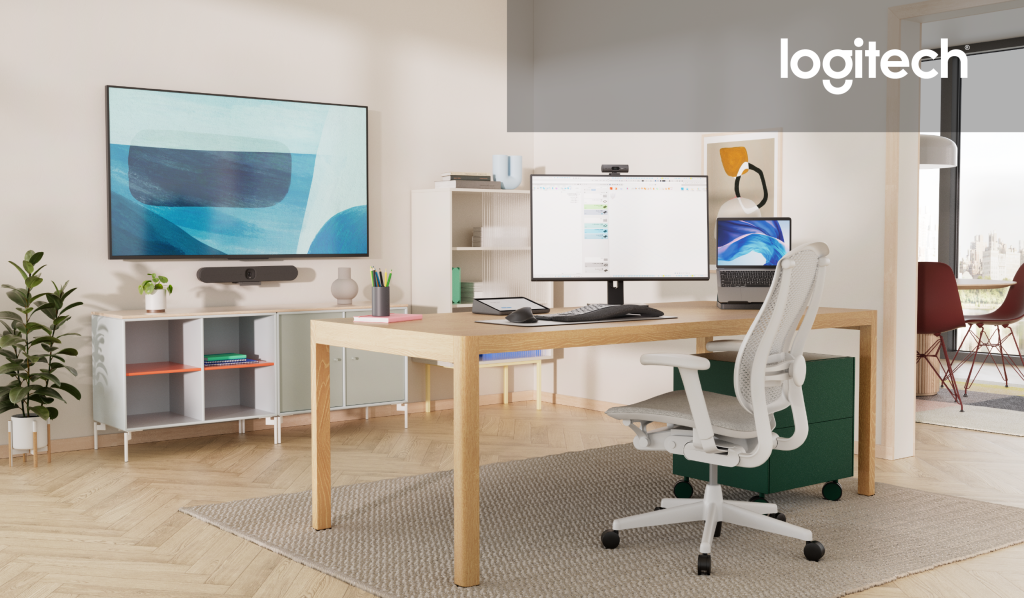
Comments